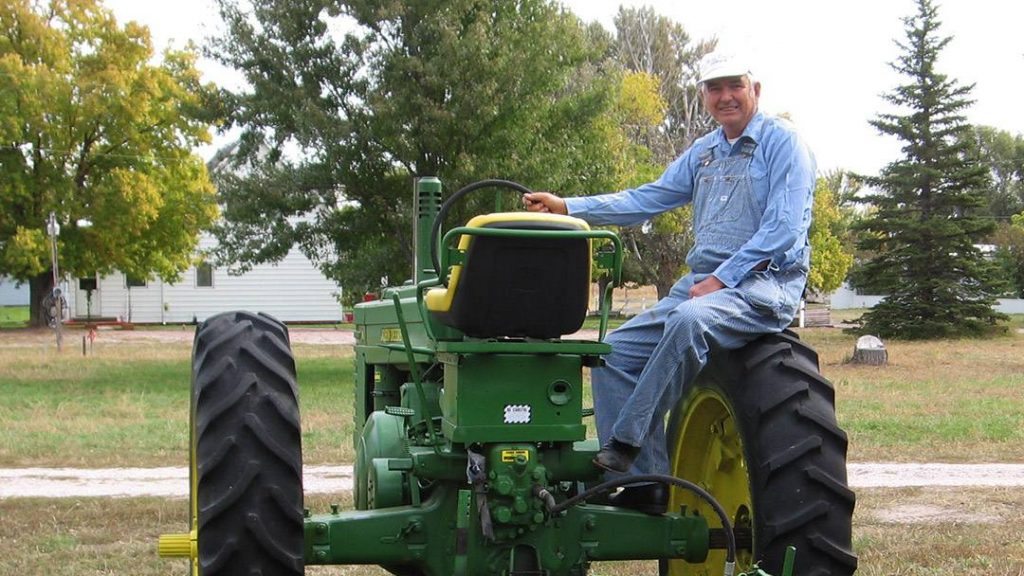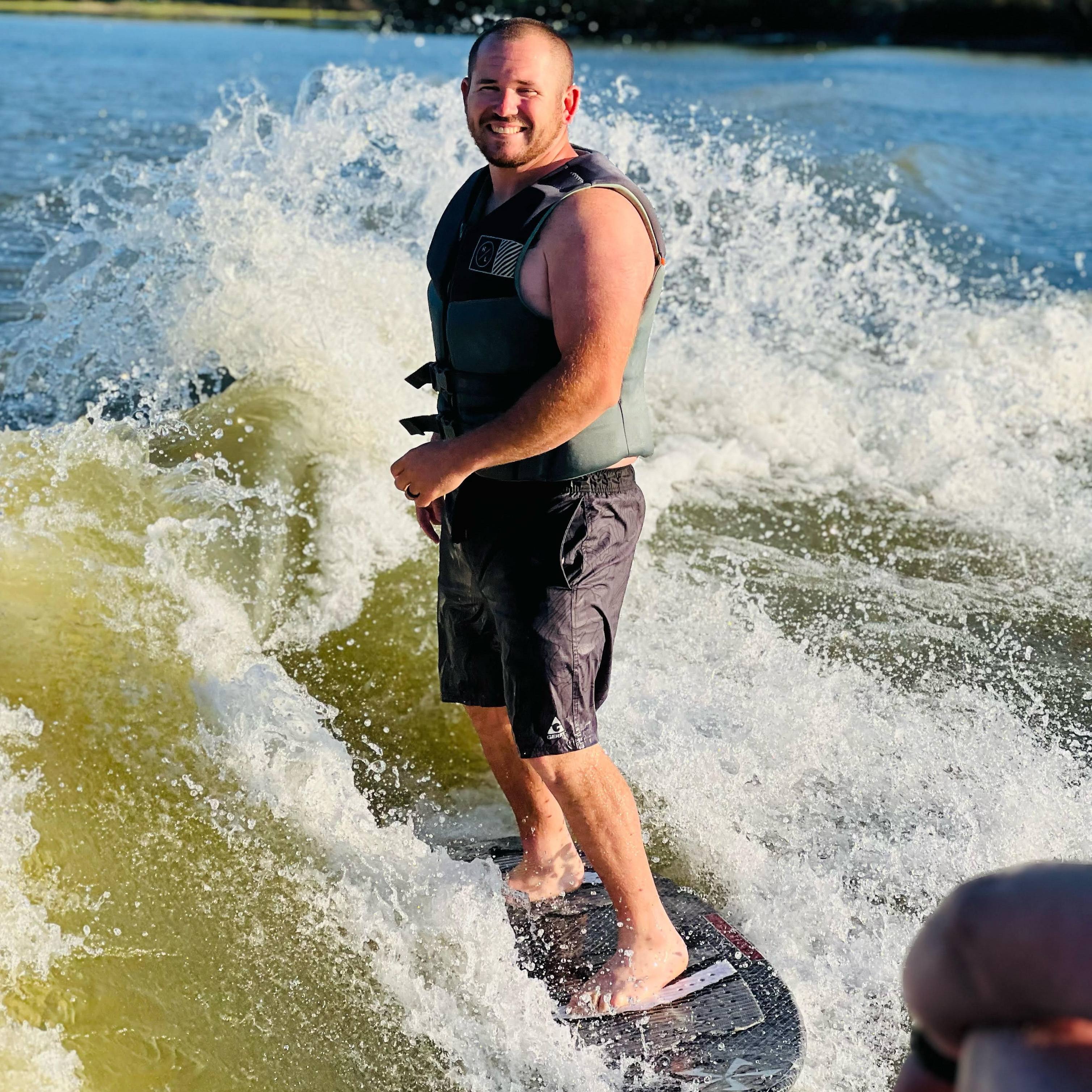-
Cardiovascular
Sharing Mayo Clinic: New optimism with left ventricular assist device

In 2006, Ron Schneider was told to get his affairs in order by a local medical team who said they'd done all they could to fix his failing heart. After seeking a second opinion at Mayo Clinic, however, Ron's now feeling and living better than he has in years.
The first signals that Ron Schneider's heart was beginning to fail him came in the late 1980s when Ron — who was then just in his 40s — began experiencing shortness of breath, increased fatigue and weakness, and a decreased ability to do the things he loved around his home and business.
"My local doctor in Nebraska at the time knew I had a problem, but he couldn't put his finger on it," Ron says.
Even though X-rays showed his heart was growing in size and decreasing in function, an echocardiogram didn't reveal an underlying reason for those changes. "In hindsight, we learned my local doctor had performed the correct test initially, but for some reason it had missed the hole," Ron says. "It should have been an obvious problem."
The hole was an atrial septal defect — a large opening in the wall separating the two upper chambers of Ron's heart. The defect was finally discovered almost 10 years later. "The hole was repaired in 1996 and again in '97," Ron says. "The second repair held, but my heart was continuing to get larger and weaker."
Nine years later, a heart specialist in Lincoln, Nebraska, told Ron there was nothing left that could be done to manage or repair Ron's failing heart. "In 2006, he informed me it would be a good time to get my affairs in order," Ron says. "I was only 63 years old."
Unwilling to accept that fate, Ron asked for a second opinion. "I thought, 'If another specialist tells me the same thing, I'll have to accept it.' But I wanted to hear it again for myself," he says. "I was asked where I wanted to go, and I said, 'Mayo Clinic.' I had a daughter working in research at Mayo at the time, so I had a place to stay in Rochester. I said, 'I'm going to Mayo.'"
New approach, new optimism
When he arrived in Rochester, Ron says it didn't take long for him to realize his medical outlook could, and would, be different. "When I had my first consultation at Mayo, I was immediately impressed," Ron says. "The doctors were able to tell me everything I'd had since childhood — all my diseases — which really impressed me. But most importantly, after all of my tests and examinations, they looked at me and said, 'Yes, we can help you.' That was the first light at the end of the tunnel I'd seen in 10 years."
Given the condition of his heart at the time, Ron says his treatment plan began with preliminary discussions about a heart transplant.
"My care team looked my charts over, had a meeting and told me they'd consider me for a transplant," he says. "Unfortunately, that turned out to be pretty short-lived because after a thorough blood test, they discovered I had a high level of antibodies in my blood that could make a transplant fatal. We had to start looking at other options."
"... They looked at me and said, 'Yes, we can help you.' That was the first light at the end of the tunnel I'd seen in 10 years."
Ron Schneider
At that point, Ron had two choices. "I could sit back and let my heart run its course, which would result in an early death — a prognosis I'd rejected before coming to Mayo," he says. "Or I could opt to have a left ventricular assist device implanted into my chest."
A left ventricular assist device, or LVAD, is a mechanical pump placed in the lower left chamber, or ventricle, of the heart. It helps pump blood from the lower chambers of the heart to the rest of the body. This type of device may be used in people waiting for a heart transplant, or it can be a short-term treatment while an individual's heart is becoming strong enough to effectively pump blood on its own. As in Ron's case, a left ventricular assist device also may be recommended as a long-term treatment for those who have severe heart failure and are not good candidates for a heart transplant.
Given the end results of the alternatives in front of him, Ron says the choice should have been simple. It wasn't. "I slept on it for several days to really convince myself I was willing to go through the operation, recovery and rehabilitation required to have the LVAD implanted," Ron says.
Back to his new old life
In the end, Ron decided to go with the assist device. Early in the morning on June 9, 2010, Ron reported to Mayo Clinic Hospital — Rochester, Saint Marys Campus, so a team of cardiac surgeons could give him a second chance at life by implanting a left ventricular assist device into his chest. The surgery went according to plan, and Ron was soon recuperating.
"The recovery wasn't nearly as bad as I thought it would be," Ron says. Although it took some time — he remained in the hospital for about eight weeks — the device has allowed Ron to reclaim his life. He returned to work a week after leaving the hospital, and now Ron has once again taken up the activities he enjoyed before his heart troubles began.
"I've been extremely satisfied with my medical experience at Mayo Clinic, and my LVAD has, so far, been flawless."
Ron Schneider
"I've returned to all my old sports and hobbies," he says. "I love my shotgun, and during the summer months, I shoot competitively in a league with others in my hometown, of which I'm probably the oldest competitor. I'm also back to gardening. I'm able to run our garden tiller again and do all the ground preparation, planting and upkeep. It does take me longer to do now, but if I pace myself, I get it done."

Ron credits his care team at Mayo Clinic for his renewed health and for guiding him through the process. "I was so impressed that everyone — doctors, nurses, technicians, etc. — all got down to my level whenever they talked to me. They didn't try to confuse or scare me by using words or language I didn't understand," Ron says. "They walked me through exactly what was going to happen throughout the procedure and recovery, and they asked for my input about it all. I've been extremely satisfied with my medical experience at Mayo Clinic, and my LVAD has, so far, been flawless."
Since he had the assist device placed, Ron's enjoyed improved energy and stamina. And he hasn't been the only one to benefit from the changes. His wife also has seen a difference in her daily life. "She had to slow her own lifestyle down to match mine before the procedure," Ron says. "But now, she has to pick up the pace or get left behind."
It's just one more improvement Ron and his wife say they're grateful for. "We have the highest regard for everyone at Mayo Clinic," Ron says. "The doctors, nurses, technicians, schedulers and everyone else. They're all such a nice group of people. I can't thank them enough for what they've done to help me or for what they've given me."
HELPFUL LINKS
- Learn more about heart failure.
- Read about Mayo Clinic's approach to ventricular assist device care.
- Connect with others talking about heart conditions on Mayo Clinic Connect.
- Explore Mayo Clinic's Rochester campus.
- Request an appointment.







